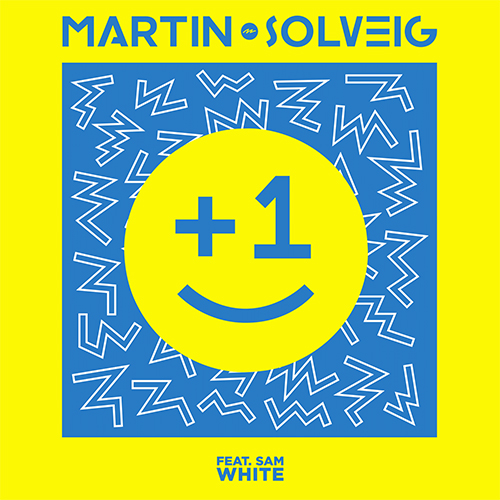-
 play_arrow
play_arrow
Clubalicious Clubalicious Radio
-
 play_arrow
play_arrow
London Calling Podcast Yana Bolder

Las Vegas, NV (April 14, 2025)―Whether working on hip-hop productions or film soundtracks, Emmy-winning and Grammy-nominated music producer and composer Baby Brown often calls on plug-ins from Nugen Audio.
At the top of Brown’s go-to list of solutions, and often used in conjunction with one another, are the Nugen Audio Halo Upmix and Paragon true convolution reverb, which offer enhanced flexibility and control to his workflow. “Halo Upmix is probably one of my top-five most used plug-ins for Atmos mixes; I really love it and Paragon, too,” he says.
“Whatever sound I’m going for determines what reverb I use for immersive mixes, and Paragon is almost always a given. If I have a reverb, I typically also use Halo Upmix in the beginning to sculpt it into whatever part of the room I’d like, and I’m able to do that directly in whatever track it’s on. There is a certain kind of magic about the way Halo Upmix sounds. It’s very subtle and doesn’t artifact like many other upmixing solutions.”
Seen on the Scene: NAB 2025
Nugen Audio MasterCheck is another staple for Brown, who has worked with the likes of Eminem and Xzibit, and completed a soundtrack for the Keanu Reeves show Brawn on Disney+ last year. “I use MasterCheck on every single one of my projects,” he says. “It is an incredibly awesome piece of software, especially in this day and age, where staying compliant in terms of loudness and distortion levels is extremely important. After I bounce a mix, I always run it through the MasterCheck plug-in to ensure I stay within code. Additionally, I think the presets are extremely convenient and useful.”
Some of Brown’s other favorites for compliance include Nugen’s Monofilter bass management, LM-Correct automatic compliance and VisLM 2 loudness meter plug-ins. “I love Monofilter so much because of the graphical representation that shows what you’re doing to the signal,” he explains. “I use it a lot for clean-up. For instance, I might get a mix that is already committed to a two-track, and it might be very spatial or too wide. With Monofilter, I can pull the sides in and redistribute the energy in the track. I also use LM-Correct to read my true peak on whatever I’ve been given and figure out roughly how loud it is. In addition, VisLM always sits on my 5.1 while mixing, to balance and ensure I’m hitting those specifications.”
Written by: Admin
Similar posts
Recent Posts
- 🎶 New Music: JID, OneRepublic, Morgan Wallen, Post Malone, MarkCutz, Kidd Spin + More!
- Classic Tracks: The Fireballs’ “Sugar Shack”
- Classic Tracks: Arlo Guthrie’s “City of New Orleans”
- Classic Track: k.d. lang’s “Constant Craving”
- Classic Tracks: Waylon Jennings’ “Are You Sure Hank Done It This Way”
Recent Comments
No comments to show.Featured post

Latest posts

🎶 New Music: JID, OneRepublic, Morgan Wallen, Post Malone, MarkCutz, Kidd Spin + More!

Classic Tracks: The Fireballs’ “Sugar Shack”

Classic Tracks: Arlo Guthrie’s “City of New Orleans”

Classic Track: k.d. lang’s “Constant Craving”

Classic Tracks: Waylon Jennings’ “Are You Sure Hank Done It This Way”
Current show

Made To Move
Jacob Colon
‘Made To Move’ is the home of Jacob Colon – one of the most reliable set of ears in the music world when it comes to the very best in new and upcoming House music of all shapes and sizes. Jacob’s show is laced with Tribal, Tech, Deep and other varieties of the style of electronic music that he knows and loves so well. With top level guests and features that showcase the latest movers and shakers in the House music world – you’ll want to lock into ‘Made To Move’ each week for the quintessential House music experience. Curabitur id lacus felis. Sed justo mauris, auctor eget tellus nec, pellentesque varius mauris. Sed eu congue nulla, et tincidunt justo. Aliquam semper faucibus odio id varius. Suspendisse varius laoreet sodales.
closeUpcoming shows

Chase The Night
Mimick
20:00 - 22:00
It’s A London Thing!
Ginger Tim
22:00 - 00:00
It’s A London Thing!
Ginger Tim
00:00 - 01:00
Fresh Is Fresh
THIS WEEKS HOTTEST DANCE RELEASES FROM DEE JAY PROMOTIONS
01:00 - 09:00
Fresh Is Fresh
THIS WEEKS HOTTEST DANCE RELEASES FROM DEE JAY PROMOTIONS
11:00 - 16:00Chart







